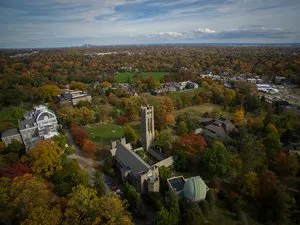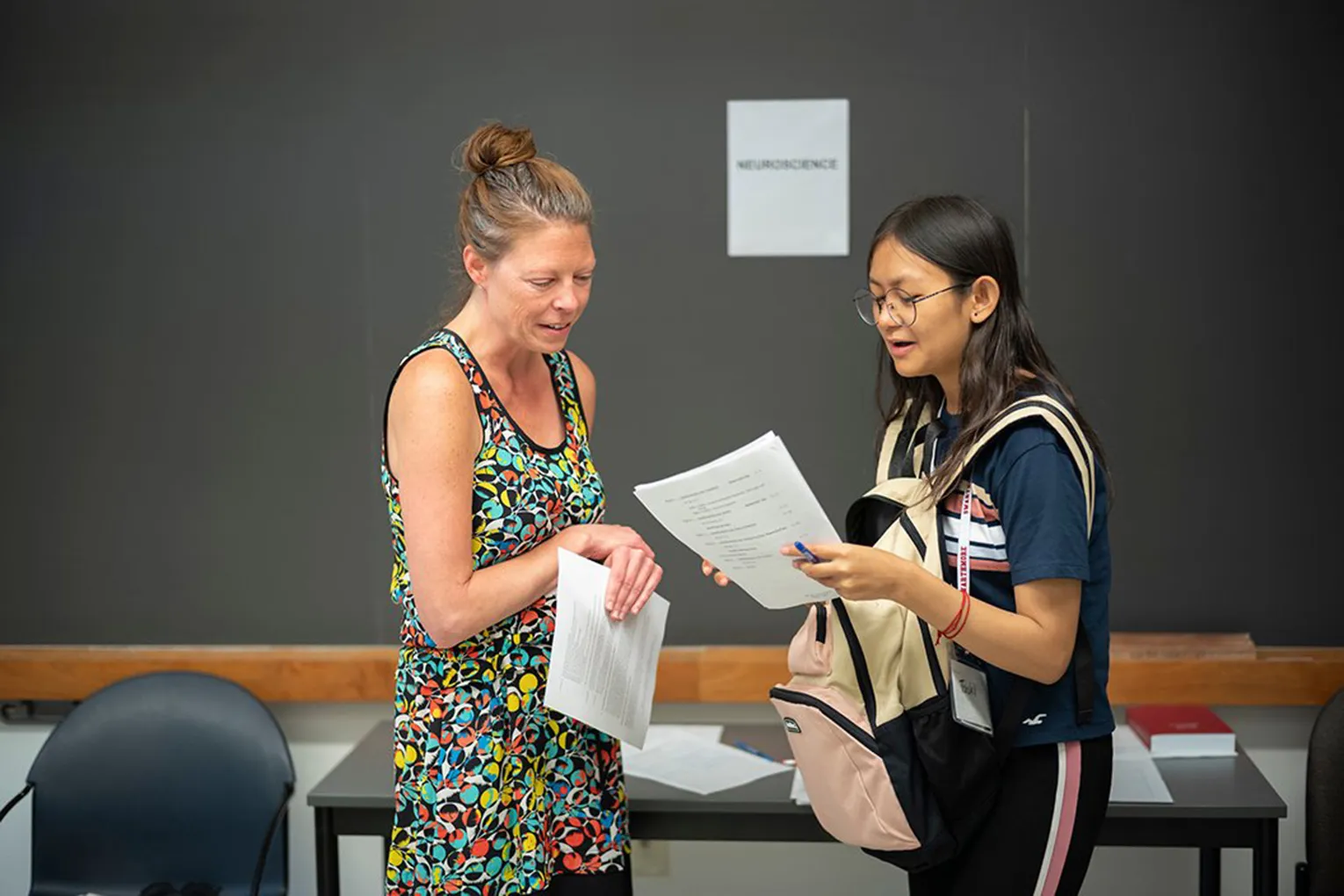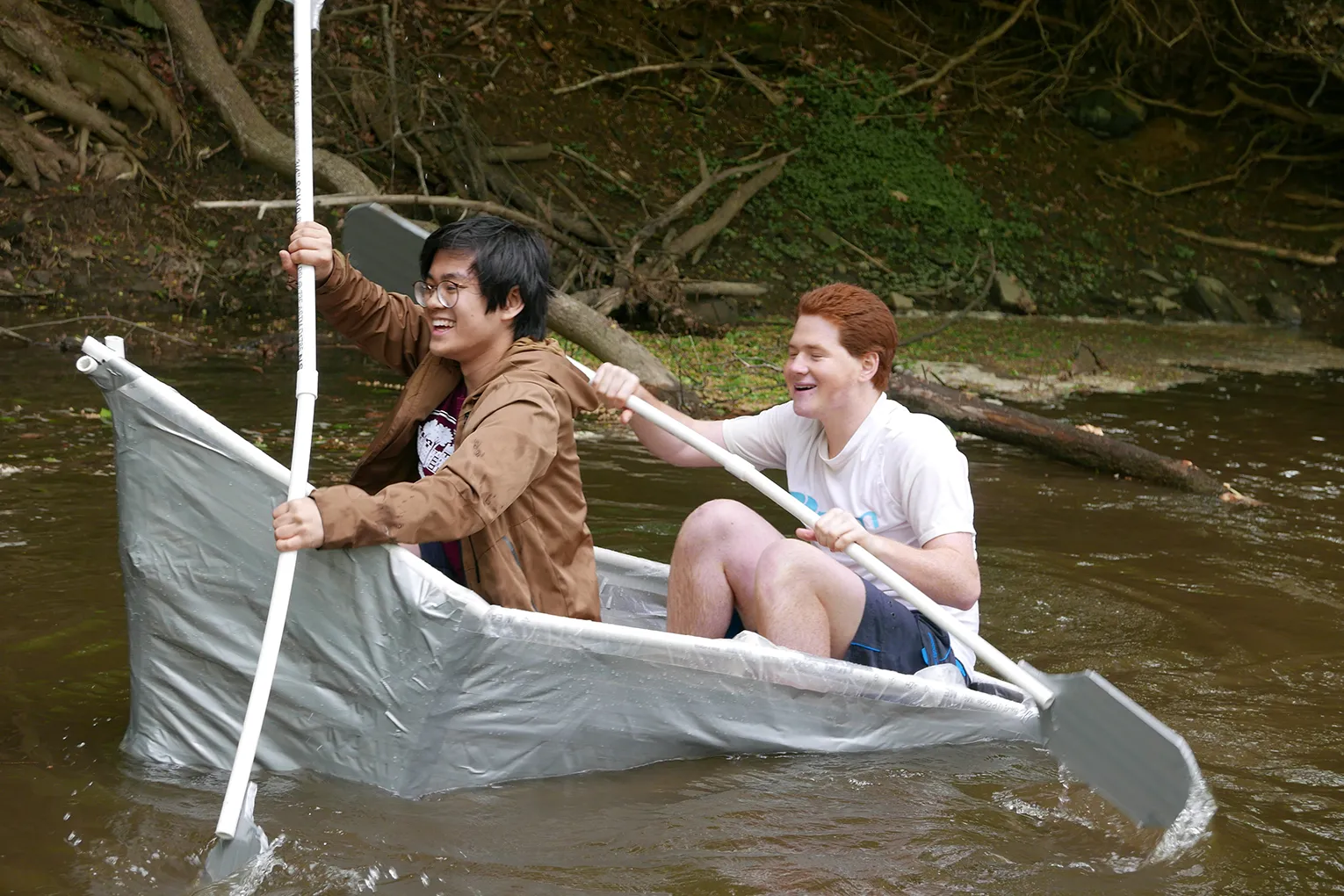Virtual Japan
Virtual Japan: Media, Architecture, and Contemporary Fiction
A research project by William O. Gardner, Swarthmore College
In this book-length study, I plan to examine how Japanese authors from around 1960 through the present have explored the virtualization of contemporary life, while positioning their own writing within a network of media that help to constitute this virtual environment. My study will be divided into two interrelated sections: the first, tentatively entitled “The Dematerialization of the City” will examine simulations of the future city within the imagination of both architectural theorists and literary authors. It will observe the tendency for the city to be conceived not in terms of its solid structures but in terms of simulation, generation, and flows of energy and information. The second section, “Summoning the Avatar,” will investigate the virtualization of narrative subjects and literary texts, as authors explore an expanding range of subjectivities outside of the physical body opened by new media and information technologies (such as computer networks and video games), as well as new modes of literary expression beyond the printed book.
This web page features an abbreviated project description and related web links. For more information, go to complete project description or preliminary bibliography.
Plan of the study:
Part 1 “The Dematerialization of the City.”
Chapter 1: The Osaka Expo and Virtual Japan
The Osaka Expo of 1970, organized around the idealistic theme of the “Progress and Harmony of Mankind,” was the first world’s fair held in an Asian country, and attracted a record 64 million visitors. In my introductory chapter, I will examine the Osaka Expo as a pivotal event in establishing the blueprint for a “virtual Japan” that still resonates in today’s cultural landscape. (The Expo’s “city of the future” was realized through the involvement of many of Japan’s leading creative artists, including the architects Tange Kenzo, Arata Isozaki, and Kurokawa Kishô; the painter and sculptor Okamoto Tarô; and the science fiction author Komatsu Sakyô.) Through its integration of technology and architecture, the Expo successfully projected Japan as a simulation-site for a future society. At the same time, it enacted an elaborate staging of Japan’s relationship with the outside world, with massive “international” events such as the opening ceremony attended by the Shôwa Emperor, as well as simulated national environments in individual countries’ pavilions, together effecting a bubble of “progress and harmony” within a nation still torn by virulent protests against the Vietnam War. As part of my analysis of the Expo as a paradigmatic virtual site, I will investigate how this event was formulated and critiqued by writers, artists, and architects, both those involved with the Expo planning and those outside of it.
Weblinks:
Expo Memorial Park website. [J+E]
Borggreen, Gunhild. “Ruins of the Future: Yanobe Kenji Revisits Expo ’70.” Performance Paradigm Journal, no. 2 (March 2006). [E]
Chapter 2: The Metabolism of the City. This chapter takes its theme from the writings of the Metabolist architects, who appeared on the international stage around 1960 with visionary new ideas on urban development in response to the devastation of Japanese cities in World War II and the chaotic conditions of postwar urban rebuilding. Metabolist architects imagined buildings and cities not as a permanent structures but as constantly changing organisms, with both long-term components and short term “growth modules.” In this chapter, I will probe the ideas of Metabolist architects and theorists Kikutake Kiyonori, Kurokawa Kishô, and Kawazoe Noboru, their mentor Tange Kenzô, and their associate Isozaki Arata. In addition, I will explore the relationship between Metabolist ideas and the work of contemporary fiction writers, observing how architects and fiction authors jointly elaborate the themes of apocalypse, regeneration, and biological or electronic energy flows. Fiction writers I will discuss include Komatsu Sakyô, whose bestselling techno-thriller works feature realistic narratives of future apocalypse; Abe Kôbô, whose work spans science fiction and the postwar avant-garde; and Murakami Haruki. Although Murakami belongs to a younger generation, I will argue that he extends a discourse on Japanese society opened by Abe, Komatsu, and the Metabolists, revising the themes of apocalypse, regeneration, and energy flow to address a 21st century horizon of cybernetics, hyper-consumerism, transnationality, and terrorist violence.
Weblinks:
Kurosawa Kishô official website. [J+E]
archINFORM web profiles. [E+DE] Isozaki Arata -- Kikutake Kiyonori -- Kurokawa Kishô -- Tange Kenzô
Abe Kôbô links. Kato Kôichi's "Horagai" Abe site [J] -- Watanabe Satoru's "Senganriki no bôkensha" [J] -- Mark Gibeau's Abe site [E]
Komatsu Sakyô official home page. [J]
Murakami Haruki links. Random House official Murakami Haruki Website [E] -- James Scharbrough's "Murakami Pathfinder" [E] -- "Murakami-Haruki.com" unofficial fan site [J]
Part 2: Summoning the Avatar.
Chapter 3. Tsutsui Yasutaka
Over the past four decades, author Tsutsui Yasutaka has explored the expanding role of media in contemporary life and the effects of media on human subjectivity. From his earliest novels and short stories, Tsutsui satirized the social effects of television and sensationalist print media, as each member of society becomes a performer acting out a role for real or imagined media coverage, and the utopia of “authentic” or “real” experience becomes steadily more distant under a media regime recognizable today as our own world of “reality television.” In his more recent works, Tsutsui has extended this vision further into the information age as his characters become “avatars” in multi-user role-playing computer games. In this chapter I will explore Tsutsui’s vision of the hypermediation of daily life, and trace the development of the avatar as a theme in Tsutsui’s work.
Weblinks:
Tsutsui Yasutaka official home page. [J+E]
Chapter 4. The avatar’s discontent. In this chapter, I will further pursue the issues raised in Tsutsui’s prescient novels through a look at the work of younger generations of contemporary writers. In particular, I am interested in the work of Shôno Yoriko and D [di:], two writers who offer a feminist critique of virtualized daily life. Shôno’s unique body of work explores the points of collusion and resistance between the private, individual imagination and the media-disseminated idioms and narratives that dominate public life. D [di:]’s breakthrough Kigurumi (2002), written in a hybrid form of prose novel and manga graphic novel, explores the tribulations of identity formation in contemporary Japan through the story of young people who dress in cuddly animal-character costumes to survive in a parallel “amusement park” world.
Weblinks:
D [di:] official web site. [J]
Kimura Kana's “Restless Dream” (Shôno Yoriko unofficial fan site). [J]
Chapter 5. After the author/after the book. In my final chapter, I will examine three case studies of interactive fictions that raise intriguing questions about the future of authorship and narrative. Tsutsui Yasutaka’s pioneering interactive fiction Asa no Gasupâru, serialized in the Asahi Newspaper in 1991-1992, incorporated reader feedback in the form of letters and an internet salon, and also explored the concept of interactive narrative within its science-fiction story. Film director Iwai Shunji’s narrative Rirî Shushu no subete (All About Lily Chou Chou) was generated through on-line interaction with his fans, and culminated in a film (2001) that juxtaposes the “real” life of a class of troubled high school students and their “virtual” lives as regular contributors to an online fan-site dedicated to pop singer Lily Chou Chou. Finally, the multi-media sensation Densha otoko (Train Man) emerged in 2004 as a purportedly “real” thread on the popular ni-channeru internet forum, where an “otaku” or “computer geek” sought help from fellow forum users in pursuing his first dating experience. The love story that developed was adapted into a bestselling novel, as well as manga, a hit television series, and a feature film.
Weblinks:
“Densha otoko no jikokuhyô.” Blog on Densha otoko. [J]
“Otokotachi ga ushiro kara utareru sure.” Archived text of Densha Otoko. [J]
"Yen Town Report." Iwai Shunji official home page. [J+E]
Go to:
complete project description or preliminary bibliography.
Website contents © William O. Gardner, 2006. Site updated October 2011.



